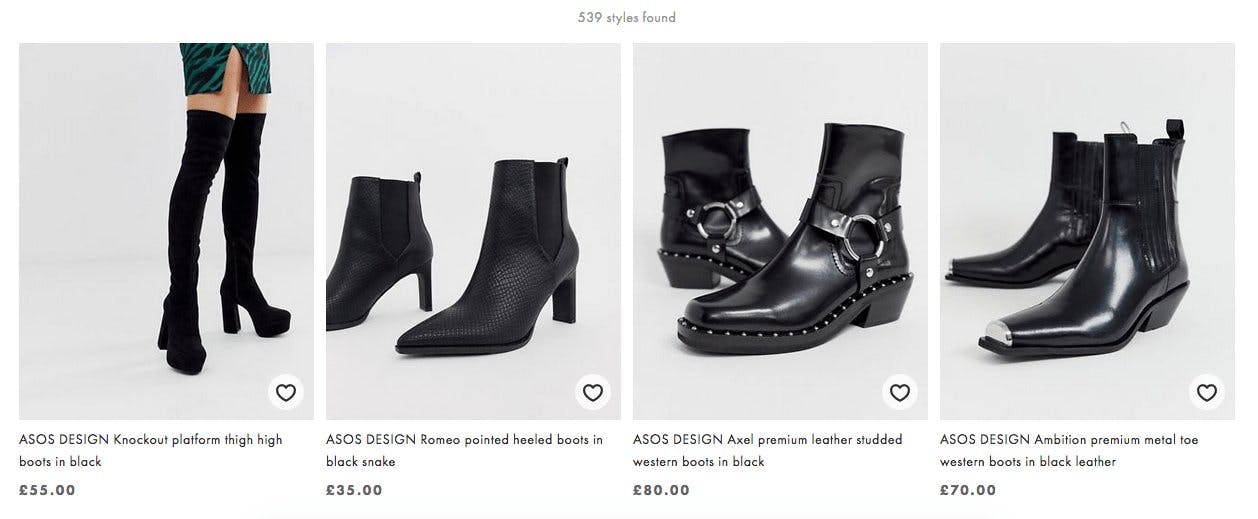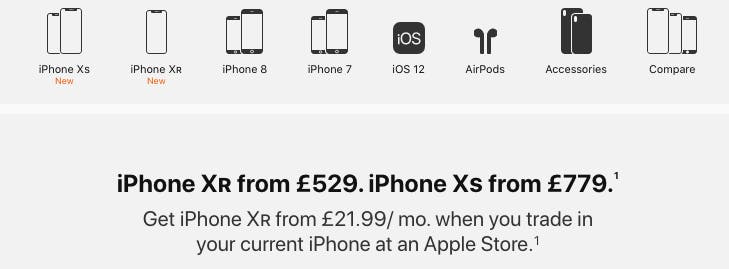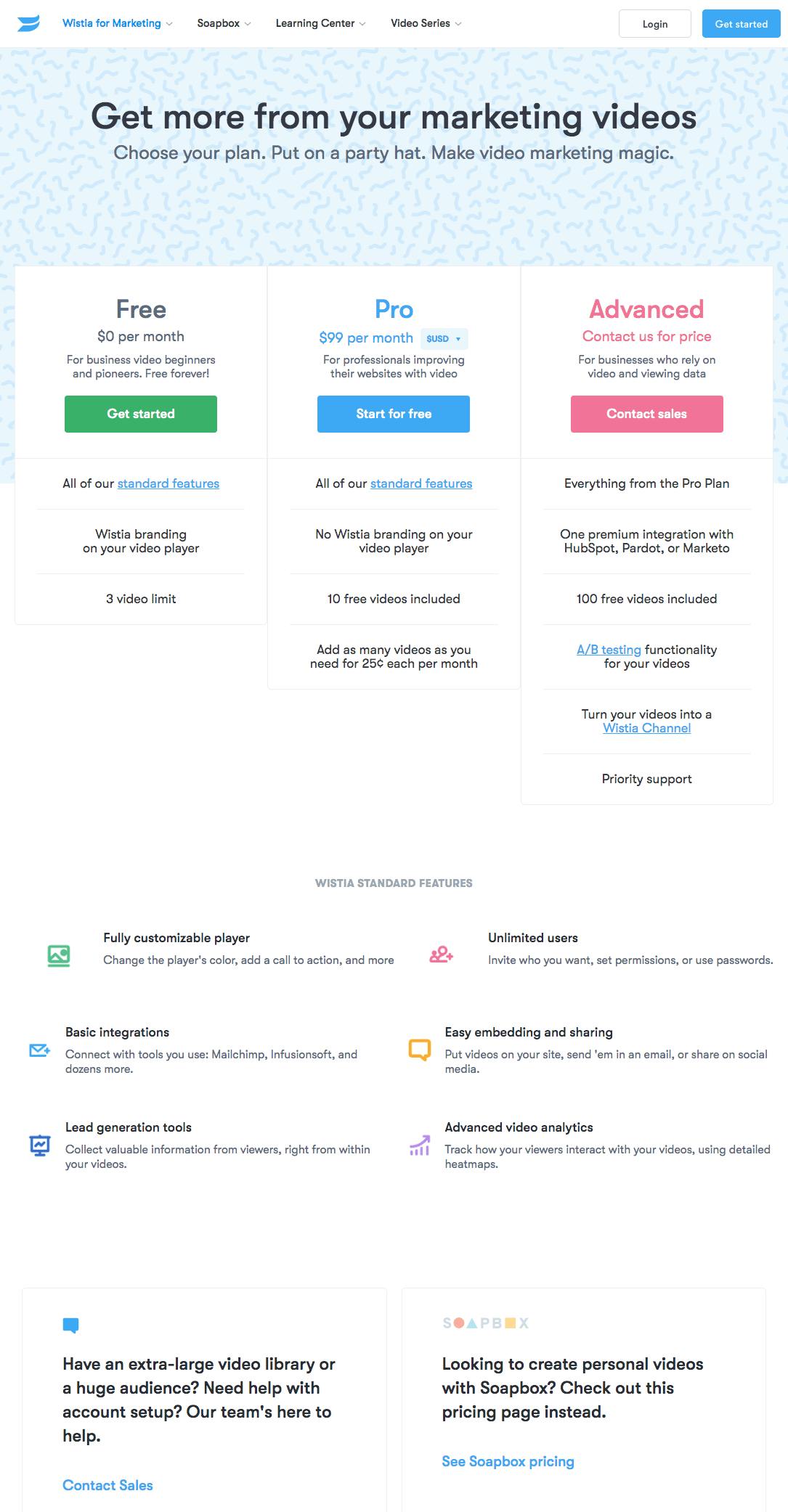Here’s a question that stumps too many young SaaS companies: what’s your pricing strategy?
Having a clear answer to this question is imperative to a subscription business’s early success and stability. Product line pricing strategies are some of the most popular, particularly with companies looking to cultivate a broad appeal with their product. A good product line pricing strategy will allow you to market to different customer types, as well as anchor your products.
Whether you realize it or not, you have likely seen an example of product line pricing. Can it be effectively deployed for your business? We’ll help you find out.
What is product line pricing?
Product line pricing involves the separation of goods and services into cost categories in order to create various perceived quality levels in the minds of consumers. You might also hear product line pricing referred to as price lining, but they refer to the same practice.
The goal of product line pricing is to maximize profits by positioning new products with the highest number of features or with the most cutting-edge individual features at the highest price point. At the same time, you’ll be keeping a base product (i.e., one with fewer or older features with lower performance expectations) on sale as a lower-priced alternative.
What is a product line?
Before we get ahead of ourselves, it’s probably best if we make sure we understand exactly what “product lines” are.
The simple definition is that a product line is a group of related products, differentiating by features and price. Setting products at different price points allows the would-be customer to orient themselves towards the one most likely to fit their needs and spending capabilities.
Let’s take a grammar-tool software company as an example and look at its would-be product line. We might see its product line play out like so:
- A very simple spell-checker feature packaged by itself. This would be the low-price option (depending on which product line pricing strategy the company’s using, it may even offer such a basic feature for free, but we’ll get to that later).
- A second package containing a full regiment of text-editing features—word count, formatting and publishing tools, plus the original spell-checker. This would count as the mid-price option.
- The company’s third package takes all of that plus adds a full-on AI writing assistant tool. This would be the top-priced option offered by the company.
Three products, three prices, and a lot of bases covered as far as the customers’ needs and willingness to pay are concerned.
That’s just one product line. Depending on how many products you’re hawking, you might have more than one product line within your company. The sum of all your product lines is known as your product mix. Product mix is comprised of:
- Width (number of product lines you sell)
- Length (total number of products)
- Depth (measure of variations among all products)
- Consistency (the similarity of your product lines in terms of use, production, and distribution)
Why companies use product line pricing
We couldn’t help but allude to it earlier—product line pricing helps make your company more appealing across the board. Unless you have a particularly narrow-use product, tailored intimately to a certain buyer persona, the more needs your product can satisfy, the more popular it’ll be.
Price differentiation
Price gaps create perceived quality differentials—quality-level establishment is important in cultivating the public’s image of your company. Moreover, keeping your pricing strategy distinct and simple enables you to create better sales narratives, giving your sales team a better foundation to work from.
Price differentiation also reduces the likelihood that your products will cannibalize each other. Companies can maximize sales of different products by creating complementary products, not competitive products that are likely to displace each other. Instead, the price-differentiated products work together to increase market share. Think of the way in which Toyota offers a durable, low-priced alternative to their high-end Lexus model.
Larger variety of customers
A product line with low-end, mid-range, and high-end pricing means you’re likely to pull in an array of customers with various needs who’ll be catered to by different cost categories. Not everyone will have the need for your most high-end offering, not to mention the spare cash to pay for it—but if you’re smart with your product line pricing, those customers who are looking for a simpler solution will still find a plan that works for them.
Examples of product line pricing
Let’s delve a little deeper into examples of product line pricing strategies done well. Pure SaaS businesses can benefit hugely from a well-tuned product line approach, but, as we’ll see, it’s a good strategy for all kinds of businesses.
Retail
Wherever quality is a variable, product line pricing can be effective. Clothing is a great example: an outlet is likely to have product lines based on the material and tailoring quality of different items of clothing.
Let’s look at ASOS’ online store for an example.

Telecommunications
Perhaps an even more obvious example of effective product line pricing: phones.

Hospitality
If you've ever stayed in a hotel, you'll remember the feeling of muffled jealousy when you hear the person next to you at reception checking into the penthouse suite. That's product line pricing in action.
Hotels offer budget rooms as a base product, with all the stock features included. If you want a huge bathroom, a concierge, or a room with a view, then you’ll likely to have to pay extra per feature. The rooms form the hotel’s product line—and it means they can cater to customers looking for a cheaper option as well as those looking to splash out.
Transportation
Product line pricing is the bread and butter of the automobile industry. All good automobile manufacturers, like the aforementioned Toyota with their Toyota/Lexus product line, are acutely aware of the fact that, while cars are hugely useful, buying power ranges widely among consumers. That makes product line pricing, being able to cater to different customer segments, key to their success.
It goes for deals on the same car, too. The same Honda Accord can cost $10,000+ more if you get the one with leather seats, a subwoofer, and a turbocharged engine, as opposed to a standard Accord.
4 strategies for product line pricing
Now we come to the motherlode: how you actually go about choosing one of the various product line pricing strategies available. The best option for you will differ based on your company’s position in the market and the nature of your product.
Captive pricing
Captive pricing involves your company taking advantage of a product that will be used primarily to attract a large volume of customers. That product can sometimes be a loss leader—a basic product sold for a very low price or free in order to bring in new business. The point is to encourage a customer to buy additional products that enhance their original purchase.
Real-world examples might include a games console packaged with free games or a free phone handset with a wireless contract (as we saw above in Apple’s product line pricing strategy).
In SaaS, an example might involve using the freemium model. Here, your lower-price offering is a free subscription. This option will include only one or two key features. The aim is to demonstrate the usefulness of those included features, with the intent to charge extra for additional features or for the use of the original features after a certain period of time has elapsed.

Leader pricing
Leader pricing involves the assiduous use of discounting: putting items on discount helps pick up store traffic. The aim here is to get your customers inside your store or on your web page—once they’re there, they’re more likely to pick up full-priced accessories for the discounted item they’re buying and continue to browse.
Because customers are saving money by purchasing discounted Item A, they are more likely to also purchase full-price Item B,C, etc., as long as they’re in the store.
Bait pricing
This strategy is a little more devious. Bait pricing involves offering a huge sale on an item that’s in limited supply.
As with discount pricing, bait pricing is intended to drive customers to your site or store where you can offer them a similar, higher-priced item once the item on sale is sold out.
However, bait pricing is not the same as bait-and-switch, in which the seller has no intention whatsoever of actually selling the customer the “bait.” This sales tactic is illegal, you know.
Price bundling
A tried-and-true product line pricing strategy, price bundling involves packaging several related items together as one item.
You can see this in package deals associated with holidays or in automobile sales where the car comes in a bundle with a whole variety of accessories. In SaaS, you see it all the time where companies attempt to package in lower-value or lower willingness-to-pay features of a product with those high-value, high WTP features that drive purchases.
This is the pricing matrix of Hubstaff, a SaaS company offering a product that keeps track of on-the-clock time for employees. They have an intimate understanding of the value of each of its product features, represented by a dot on the matrix. This understanding will inform its approach to price bundling. The high-value, high willingness-to-pay (WTP) features will be front and center in a bundle. The lower-value, lower WTP feature is there to sweeten the deal.
Drawbacks of product line pricing
While product line pricing has considerable appeal, it’s not a total world-beater. There are drawbacks to the method that you’ll want to consider.
The key potential con of product line pricing is that it’s not necessarily the best for all seasons. For instance, product line pricing strategy can backfire if you’re using it during a time of economic downturn, as consumers are likely to favor the lower-priced products regardless, potentially leaving you stuck with the most expensive stock with little means of shifting it. Larger companies can circumvent this by using alternative brands (i.e., one make for low-price conditions, one make for high-price conditions) to cultivate a more versatile market offering.
An even more basic practical drawback of product line pricing is that it requires a product line. You can only make this strategy work if your product boasts a solid variety of features and the ability to appeal to more than one buyer persona. Of course, everyone wants their product to have appeal across the board and a large stable of features to prolong usefulness, but if your company and product are new, you might not be in a position to offer that just yet.
The anatomy of pricing strategy
At the end of the day, there is only one rule in pricing strategy—price intelligently.
But there’s more than one way to play it. Product line pricing is an excellent strategy for all kinds of companies for all those reasons mentioned; informing customers of quality differentials is vital to cultivating the perception of your brand and to snaring the biggest share of the market possible.
If we’ve done our job, and you’re just chomping at the bit to know even more about pricing strategy, then click this link to find your way to our ebook “The Anatomy of SaaS Pricing Strategy.”



